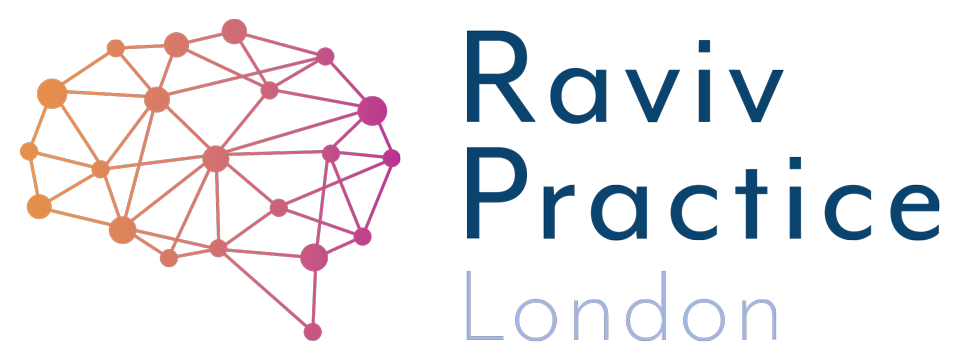When My Son Sits Down For Dinner He Often Sits and Stares at the plate of Food.
“When my son sits down for dinner, he often just sits and stares at the plate of food.”
Imagine the scenario; you can smell that delicious home-made meal of roast chicken, potatoes, Yorkshire pudding, all the trimmings. You’ve been looking forward to this culinary delight all day. After the planning, shopping and cooking, this is the moment of glory… but, your child is sitting at the table with the brakes on full, unwilling to even try it.
What do you do?
“Is there a right answer to such question, and if so, what might that be?”
These are the sorts of questions parents are asking as they struggle to find a reason behind their child’s odd behaviour. There may well be an associated diagnosis, together with an educational plan, in place but how do you, as a parent, get your child age 7 to eat this meal right here, right now?
He turns to you, and says “Where do I start with this?” What do you reply? “Anywhere you want to, love!” Is there a right answer to such question, and if so, what might that be?
Looking at Patterns
Behavioural issues can appear anywhere from mealtime to bedtime or playtime. These incidents may differ and not seem linked. But my advice would be to look for patterns of behaviour. Where else does your child get stuck in making decisions, and why might that be?
What might your list look like?
If I asked you “When does your child have difficulty making decisions?” you might come up with a similar list to this imaginary one. It’s the 1st step in grouping behaviours together:
My child gets stuck on:
How to write letters or numbers and starts from the bottom up, not top-down
Where to start with easy homework, and a feeling of overwhelm
Which foot to use when climbing into the bath
Where to start a meal, what food to eat first
How to start packing a PE or school bag
“When you have your list, you can start seeing a clear pattern emerge.”
When you have your list, you can start seeing a clear pattern emerge. If the pattern does not jump out at you, keep going until you can begin seeing groups of behaviours. In this particular example, the one overlapping and consistent problem shows up as not being able to prioritise information into any order. Lack of order means chaotic, random thinking or relying on others to help with the decision making process.
What is Prioritisation?
So if we follow through this particular example, what do you do next how do we get a child to follow procedural steps?
Being able to think in steps and deciding which steps to take first takes practice. We sequence information all the time:
1. wake up
2. wash
3. get dressed
4. have breakfast
5. get on with the day
Do you put you pants on last like SUPERMAN?
This process is done every day. However, working through this sequence and being aware of the steps are two entirely different things. So you can try to make your child aware of how sequencing works, what comes next in order? Simple things like talking about which clothes are worn in which order. Nobody apart from Super Heros puts on their underpants last. Talking about this means they think about the order of things and think about prioritisation. If they have any routines established, the bedtime routine, ask them, can they jump into bed in their daytime clothes or have breakfast without even waking up? It seems obvious, but they never thought of it or about it before.
Once a child starts thinking about a given scenario, a priority will emerge for that particular routine. At that point, we have the eureka moment, that everything has some order.
So from that point, you can actually teach your child where the starting point is for many things, writing numbers and letters. The starting point for sorting out homework tasks. This does not mean they have the capacity to do the homework, but they appreciate there are smaller elements, sequential steps and each time they practise they remove a tiny bit of anxiety related to starting that task in place of running away and hiding.
My tips on sequencing, developing logical skills and prioritising
- Baking cakes
- Planting seeds
- Origami
- And talking about your day
I am going back to the start. What would you say to the child who doesn’t know where to start when his mum’s favourite roast chicken dinner is made? I would probably say start at the biggest thing first...this would be the most logical.
Dyslexia? Dyspraxia? ADHD? ASD? Speech & Language? Developmental Delay? Anxiety?
Is every school day a struggle? As a parent, you may feel exhausted and on this journey alone. Each year you see the gap getting wider. You need to do something - change the approach, help your child learn for themselves, find a way to turn this around - to help while you can - do this NOW. the first step is free.
About the Author
Usha Patel is a Neurocognitive Therapist and Director at Raviv Practice London. Parents searching to help their suspected/neurodiverse child can get evidence-based solutions with results in as little as 8 weeks. Those in search of jargon-free help can get started straight away.


